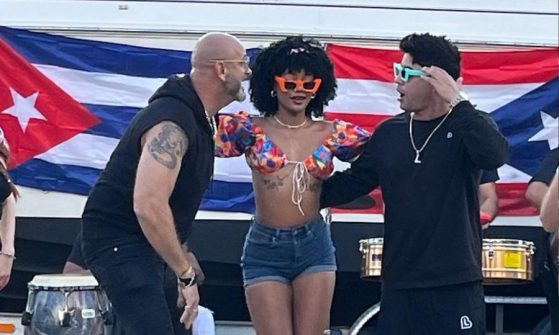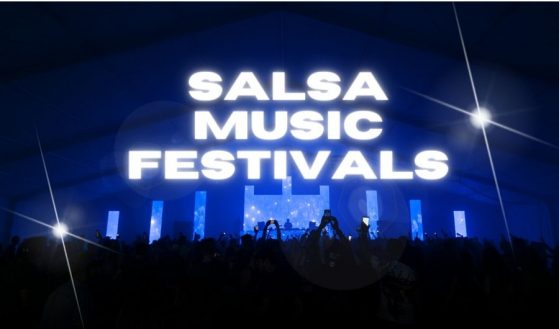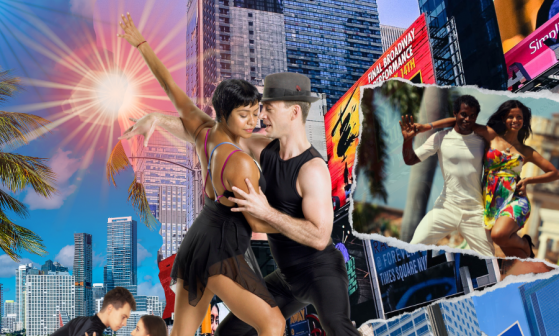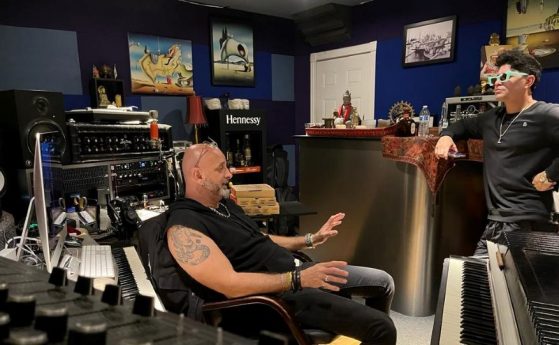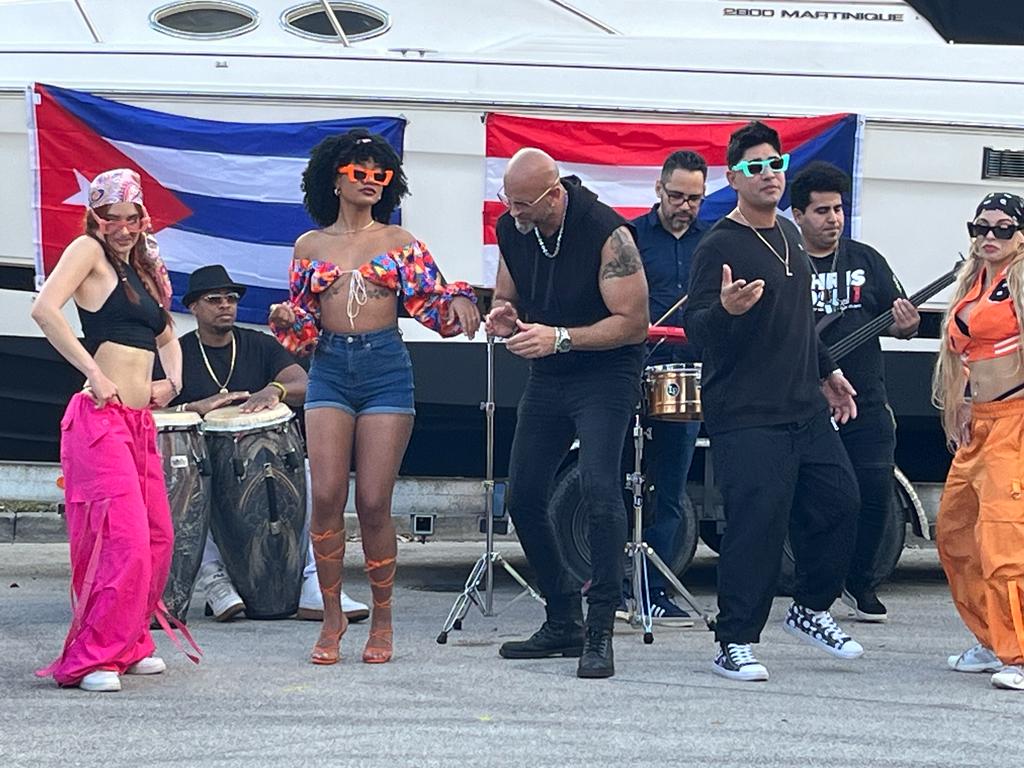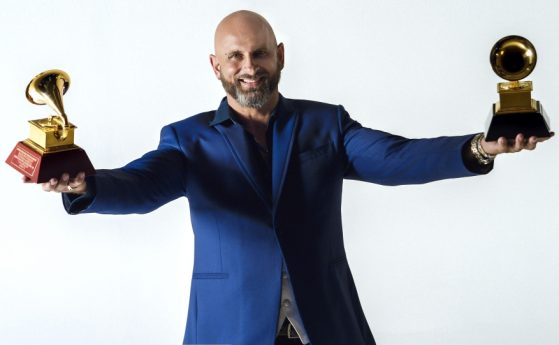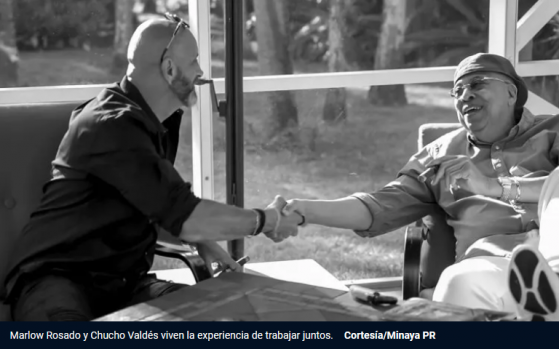
La mejor música salsa de los 70’s
La mejor música salsa de los 70’s: Reviviendo una época dorada
La salsa, un género musical nacido en el Caribe, tomó el mundo por asalto en los años 70. Este estilo, que fusiona ritmos afrocaribeños, jazz y otros géneros latinos, se convirtió en un fenómeno mundial. La década de 1970 fue una época de transición y experimentación, y la salsa no fue una excepción. Durante estos años, surgieron numerosas bandas y artistas que marcaron la escena de la salsa con un sello inconfundible y dejaron un legado que sigue vivo hasta el día de hoy.
Aquí te presentamos algunos de los álbumes y artistas más influyentes de la música salsa de los 70:
Fania All-Stars: Esta agrupación, creada por el sello discográfico Fania Records, reunió a varios de los músicos de salsa más talentosos de la época, como Héctor Lavoe, Willie Colón, Johnny Pacheco, y Celia Cruz. El álbum “Live at the Cheetah” de 1971 capturó la energía de sus legendarios conciertos en vivo y se convirtió en un referente del género.
Héctor Lavoe: Uno de los íconos de la salsa, conocido como “El Cantante de los Cantantes”. Su álbum debut “La Voz” de 1975, en colaboración con Willie Colón, fue un éxito rotundo. Con su distintiva voz y carisma, Lavoe se ganó el corazón de los fanáticos de la salsa en todo el mundo.
Rubén Blades: Este músico, cantante y compositor panameño se destacó por su habilidad para mezclar elementos de jazz, rock y música folclórica con la salsa. Su álbum “Siembra” de 1978, en colaboración con Willie Colón, incluyó temas que trascendieron el género y se convirtieron en himnos latinoamericanos.
Eddie Palmieri: Este pianista y compositor puertorriqueño trajo innovación y sofisticación a la salsa con su fusión de jazz y ritmos latinos. Su álbum “The Sun of Latin Music” de 1974, ganó el primer Grammy para música latina y dejó una marca indeleble en la historia de la salsa.
Celia Cruz: La “Reina de la Salsa” fue una de las voces más reconocibles y queridas del género. Durante los años 70, Cruz colaboró con la Fania All-Stars y grabó varios álbumes exitosos, incluyendo “Celia & Johnny” en 1974 con Johnny Pacheco.
Ray Barretto: Este percusionista y líder de banda puertorriqueño fue un pionero en la fusión de jazz y salsa. Su álbum “Indestructible” de 1973 se convirtió en un clásico y mostró su habilidad para innovar y mantenerse relevante en la escena de la salsa.
La música salsa de los años 70 fue una época de creatividad y experimentación. Estos artistas y álbumes representan solo una pequeña muestra de los talentos que surgieron durante esa década dorada. Hoy en día, la salsa sigue siendo un género popular en todo el mundo, y los artistas de los años 70 siguen siendo una inspiración para las nuevas generaciones de músicos. Sin duda, la música salsa de los 70 dejó un legado que seguirá resonando por mucho tiempo.


